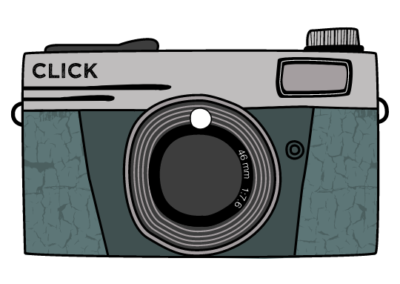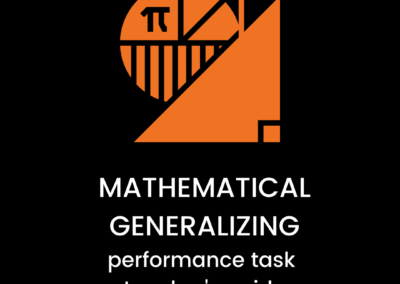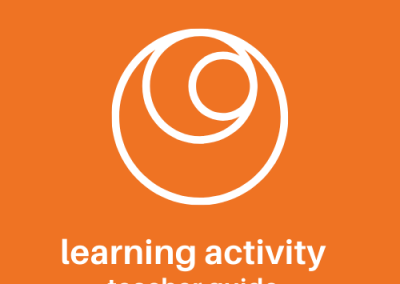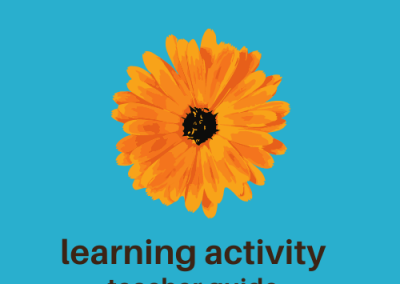Question Sort
In this activity, students generate a set of questions about a text or unit of study, and write all the questions on index cards or sticky notes. Then, they sort the questions into two categories: “clarifying” and “higher order thinking (HOT).”
CONTENT AREA
LEARNING MODALITY
LEARNING CYCLE STAGE
Preparation
- Identify the topic or text that you want students to focus on. You can choose something that you are about to introduce, or something that students have already been reading/studying.
- Prepare several large T-charts with the columns labeled “Clarifying Questions” and “HOT Questions.”
- Gather enough sticky notes so that each student can have a pad of them
Activity Steps
1
Teacher tells students that for this activity, they will be sorting questions into two categories: clarifying and higher order thinking (HOT). Teacher leads brief discussion about the value of questioning, in general. Then, teacher reviews the differenc
If this is a new activity for students, you should expect to spend at least 1-2 mini-lessons teaching students the difference between the question types. After this initial teaching, students should be fine with a brief review/modeling before completing the activity.
2
Teacher models generating questions about a text or topic, and sorting questions on a T-chart based on whether they are clarifying or HOT.
Think aloud as you model, clearly showing your thought process in distinguishing between these types of questions. It may be useful to display asset of questions stems or sample questions in each of the two categories that students can use as a reference.
3
Teacher introduces text or topic. Students prepare to work alone or in pairs. Teacher distributes sticky notes to students.
4
Students brainstorm questions about the text or topic. They write each question on a different sticky note.
Circulate as students are working, asking them about their thinking and helping to clarify any confusion.
Encourage students to generate as many questions as they can—assure them that both big and small questions are fine, and that if they are wondering it, they should write it.
You could consider having a time limit for this step and asking students to generate as many questions as they can in that time limit.
5
Teacher collects back all the sticky notes and mixes them up. Students get into small groups. Each group is assigned a chart paper T-chart. Teacher divides the sticky notes randomly and equally among the groups. Students read through each question, and
As you circulate, ask students to tell you what they notice and to describe their thinking. Offer ideas for how to distinguish between question types.
6
Each group presents their chart to the whole class, sharing some of the questions and explaining their decision-making process in sorting them.
As students are presenting, ask questions such as: “If you answered that question, what sort of information would you get?” “How can you tell what kind of question that is?” “When might that question be useful for you?”
7
Students reflect on their learning alone or individually, orally or in writing.
Students should respond to questions including:
- How does asking questions affect your attention? How does it affect your interest?
- When are clarifying questions most useful? When are HOT questions most useful?
- How did this activity affect your understanding of the text/topic?

























